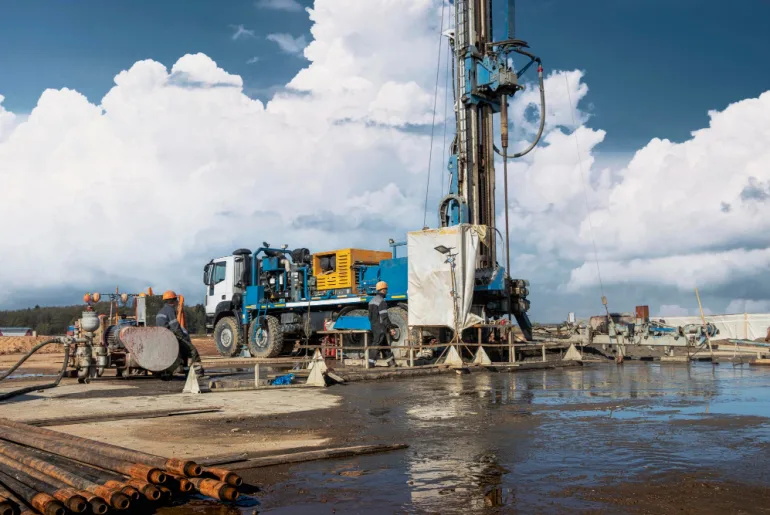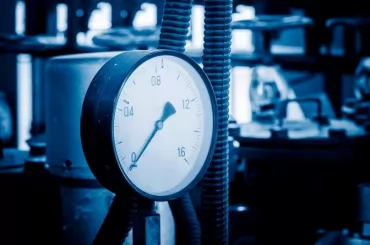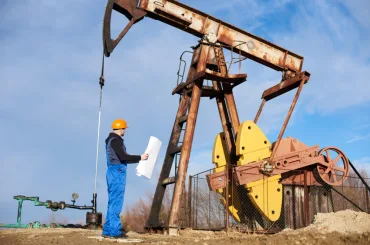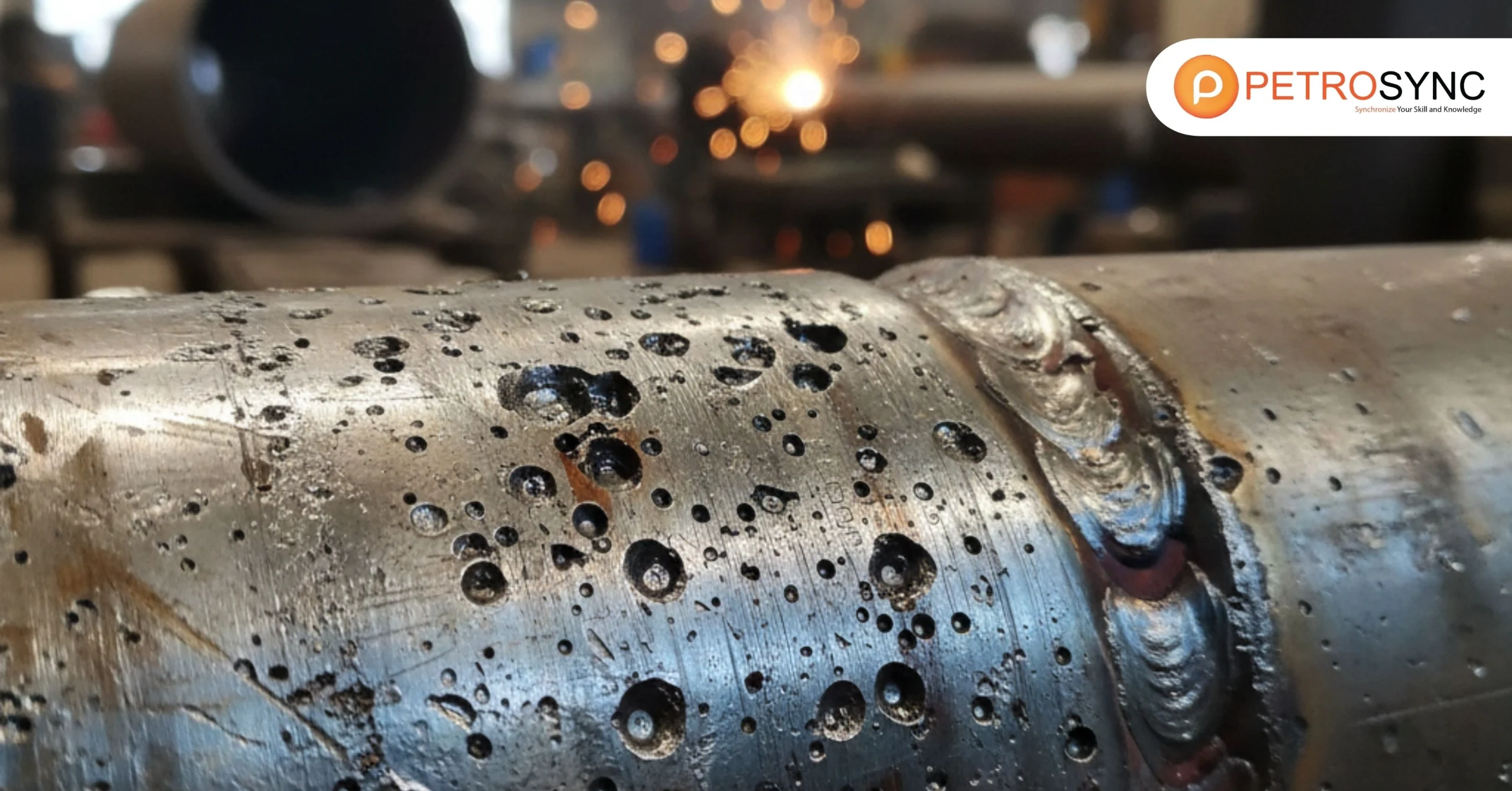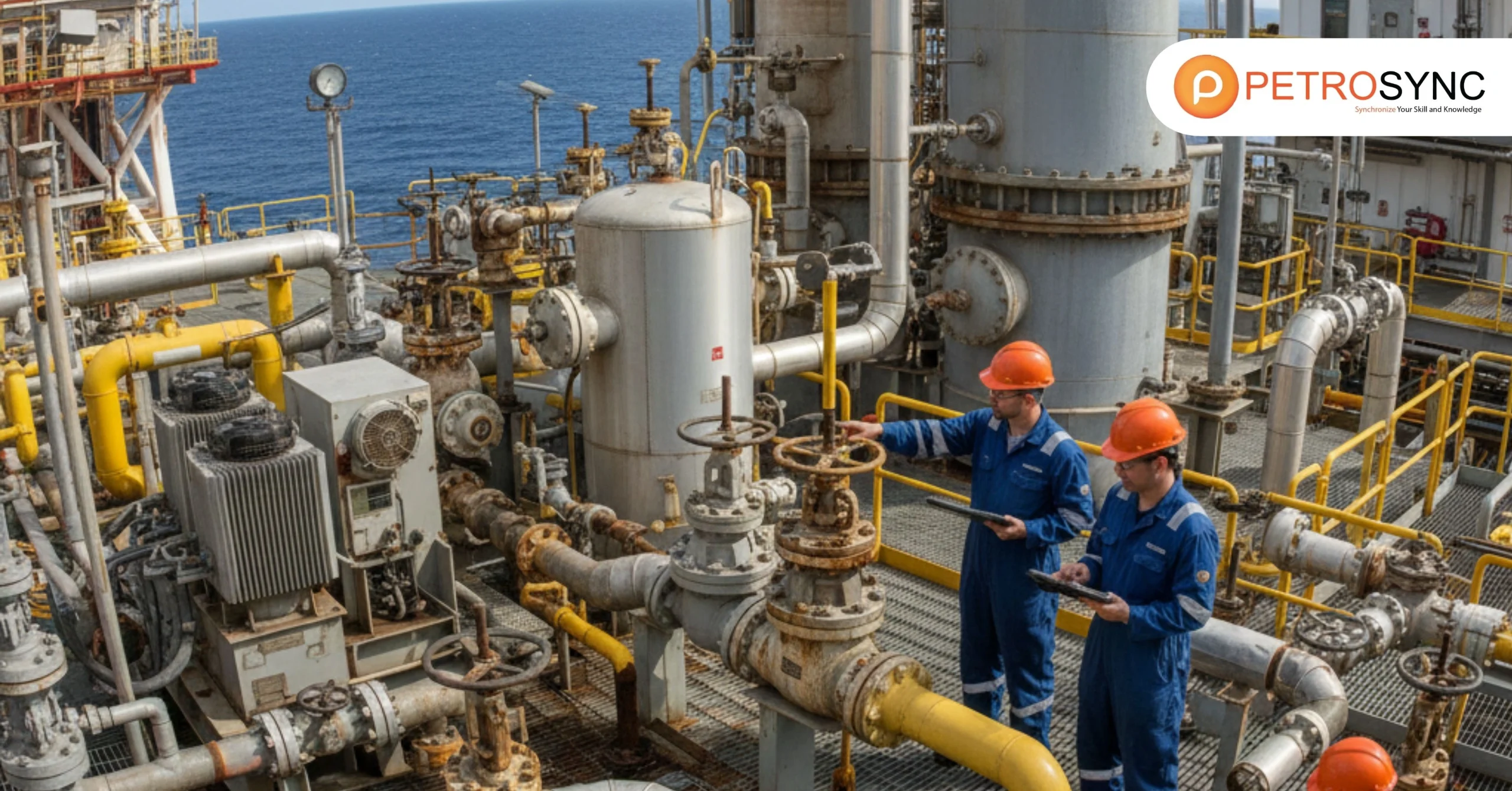Well control plays a crucial role in safeguarding personnel, preserving the environment, and averting the potentially disastrous outcomes of blowouts. As one of the well-established and extensively studied disciplines within the oil and gas sector, the significance of well control is deeply ingrained in industry practices, regulations, and standards. Read on to know about the principle, procedures, and types of well control.
What Is Well Control?
Well control is the set of techniques and procedures that people use to maintain the pressure of a well while they are drilling, completing, or producing from it. The objective of well control is to avoid the uncontrolled release of fluids (like oil, gas, or water) from the wellbore into the surrounding formations or environment.
To achieve well control during drilling operations, engineers must maintain the pressure of the drilling mud, which is a fluid that they circulate through the wellbore to remove cuttings and keep the wellbore stable. If the pressure of the formation exceeds the pressure of the mud, it can cause a kick leading to a blowout if it is not controlled properly.
Precise well control techniques are required in Advanced HPHT wells to manage the pressure and temperature differentials and prevent any sudden pressure surges or losses.
To prevent a blowout, engineers use specialized equipment like blowout preventers (BOPs) to seal the wellbore and stop the release of fluids. Proper training and communication among the drilling crew, as well as the use of various drilling techniques and practices, are also part of well control procedures.
How Are Well Control Procedures Performed?
To prevent well blowouts or uncontrolled oil and gas releases during drilling operations, engineers use a set of techniques and methods known as well control procedures. The One-Circulation Method, Two-Circulation Method, and Concurrent Method are three popular techniques used to manage and control the flow of formation fluids.
1. One-Circulation Method
One-Circulation Method is used to regain control of a well that experiences a kick or influx of formation fluids. This method involves circulating drilling mud at a high rate in the wellbore to lift the influx to the surface in a single circulation. Careful monitoring of mud returns and communication between the drilling crew and well control team ensure success. This method is highly effective in controlling a kick and restoring well control.
2.Two-Circulation Method
The two-circulation method is another well control procedure for a well that experiences a kick or influx of formation fluids. This method uses two separate circulating systems for drilling mud and killing fluid.
The drilling mud is first circulated to displace the influx from the wellbore, and then the denser kill fluid is pumped to fill the wellbore and exert additional pressure on the formation. The second circulation confirms the removal of the influx. This method relies on constant communication between the drilling crew and well control team and is considered reliable and effective in restoring well control.
3. Concurrent Method
The concurrent method, for drilling highly deviated or horizontal wells, involves drilling the wellbore and installing the production casing at the same time using a special drilling assembly that has a drilling bit and casing string attached.
The drilling mud is circulated through the casing while drilling continues, and if a kick or influx is detected, the well can be shut in and appropriate well control procedures can be initiated. This method saves time and costs but requires specialized equipment and careful planning.
What Is Secondary Well Control?
Secondary well control is a set of procedures and equipment used when primary well control measures fail to control a well during drilling, completion, and production operations.
In some situations, primary well control measures may be compromised, such as in the case of a blowout or other uncontrolled release of formation fluids. If this happens, secondary well control measures are used to regain control of the well and prevent further damage.
Secondary well control measures involve using a variety of techniques and equipment. These include diverting the flow of formation fluids away from the wellbore, using containment devices to prevent spilled fluids from spreading, using specialized fluids or gases to reduce the pressure within the well, drilling a secondary well to intersect and control the flow of formation fluids, and activating emergency response procedures.
What Is Tertiary Well Control?
Tertiary well control is the third and final defense used to regain control of a well during a well control incident. It involves implementing specialized equipment and techniques after the failure of primary and secondary control measures.
Techniques utilized in tertiary well control include using pressure control equipment, relief wells, or specialized fluids to manage the flow of formation fluids and restore control of the well.
Attending PetroSync’s Well Completion and Workover training course can equip individuals working in the oil and gas industry with essential insights and skills. One of the main advantages of our training is that it enables attendees to learn about well control, a crucial aspect for ensuring the safety and efficiency of drilling operations that require technical expertise, such as pressure monitoring and control, blowout prevention, and well kill procedures. These abilities are fundamental for engineers involved in drilling, completions, or workover operations.
In addition to well control, PetroSync’s Well Completion and Workover training course covers other vital topics, including various techniques and methodologies to be practically applied in well completion, including completion type selection, perforation strategies, fluid selection, and surface installation.
A completion design project can include case studies of both successful and failed well completion installations in different operating environments. These case histories can provide valuable insights into the effectiveness of different completion techniques and methodologies. Acquire valuable knowledge and skills to enhance the safety, productivity, and effectiveness on well completion and workover with PetroSync!
Credit Header Image: Freepik.com

SEO specialist by day, fact-checker by night. An avid reader and content writer dedicated to delivering accurate and engaging articles through research and credible sources.

